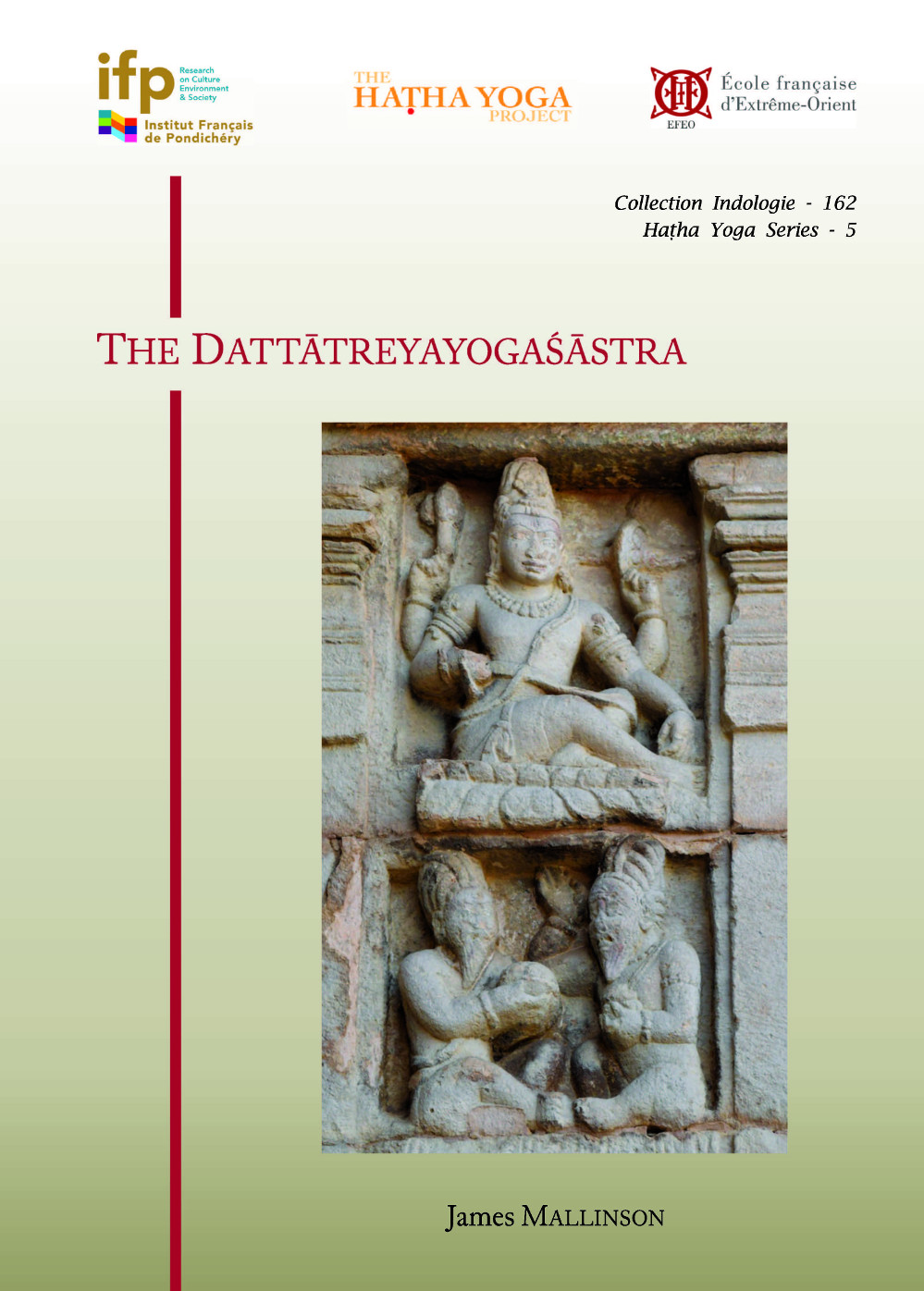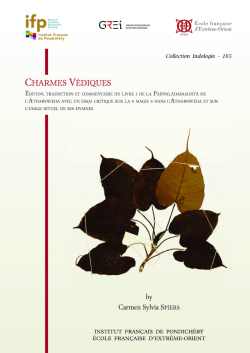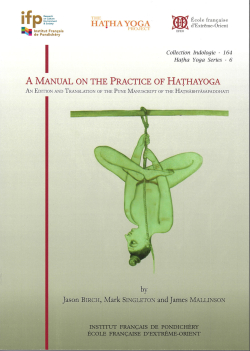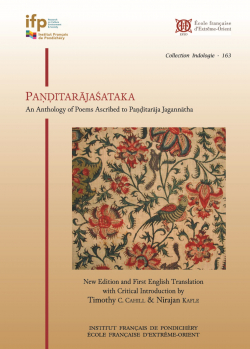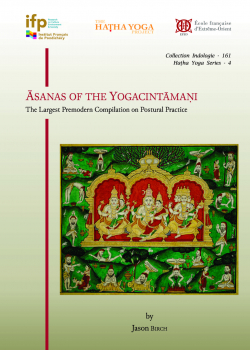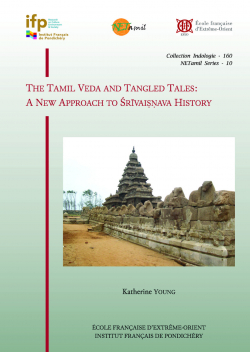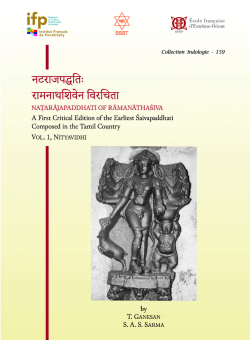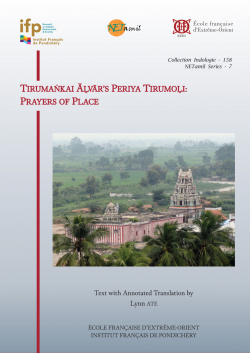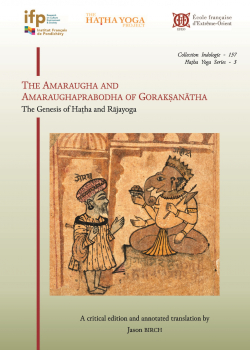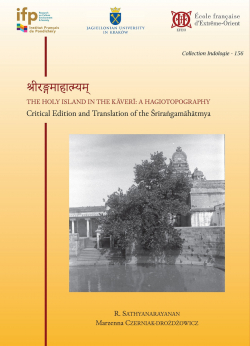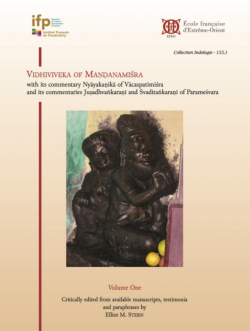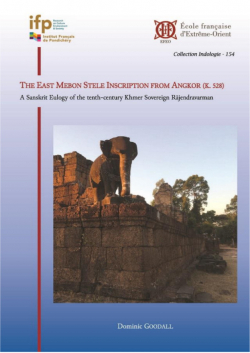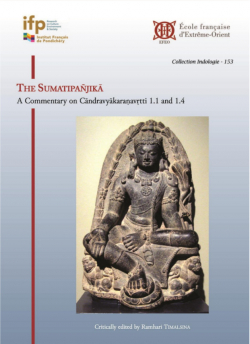Le catalogue des Éditions de l'EFEO, riche d'environ 900 titres, propose des publications portant sur l'Asie, depuis l'Inde jusqu'au Japon, et couvrant un large spectre disciplinaire en sciences humaines et sociales (archéologie, histoire, anthropologie, littératures, philologie, etc.).
Ces publications, si elles s'adressent d'abord à la communauté scientifique, intéressent également un public attiré par les civilisations et sociétés d'Asie.
The Dattātreyayogaśāstra
Collection : Collection Indologie
Numéro de collection: 162
Édition: EFEO - Coéditions, Institut français de Pondichéry (IFP)
Année de parution: 2024
Statut : Disponible
22,00 €
ISBN-13 : 9782855392967
ISSN : 0073-8352
Largeur : 17 cm
Hauteur : 24 cm
Poids : 0.4 kg
Nombre de pages : 216
Distributeur : EFEO Diffusion, EFEO Pondichéry Contact : shanti@efeo-pondicherry.org
Géographie : Inde
Langue : Anglais, Sanskrit
Lieu : Pondichéry
Support : Papier
Description :
xiv + 202 p., anglais, sanskrit, broché
ISBN EFEO : 9782855392967
ISBN IFP : 9788184702552
Collection Indologie n˚ 162
Haṭhayoga series n˚ 5
Résumé
Ce livre introduit et présente une édition ainsi qu'une traduction anglaise du Dattātreyayogaśāstra, un texte sanskrit sur le yoga composé vers 1200 de notre ère dans le sud de l’Inde. Il enseigne quatre types de pratiques de yoga, mais consacre la majorité de ses 193 versets au haṭhayoga, qu’il divise en deux variétés, l’une constituée des huit auxiliaires enseignés pour la première fois par Patañjali et l’autre comportant neuf méthodes physiques. Ce texte est ainsi le premier à combiner le système aṣṭāṅga de Patañjali avec des techniques physiques, et ses enseignements ont exercé une grande influence sur les auteurs et commentateurs ultérieurs de textes de yoga. Ce livre s’adresse principalement aux chercheurs, mais il intéressera également les étudiants et les praticiens du yoga.
Table des matières
Notes
Vous pouvez également commander ce titre auprès de notre centre de Pondicherry via l'adresse suivante :
shanti@efeo-pondicherry.org
Ou bien, auprès de l'Institut français de Pondicherry via l'adresse suivante :
library@ifpindia.org
Les commandes à destination de l'Inde doivent être placée auprès de notre centre de Pondicherry ou de l'Institut français de Pondicherry.
